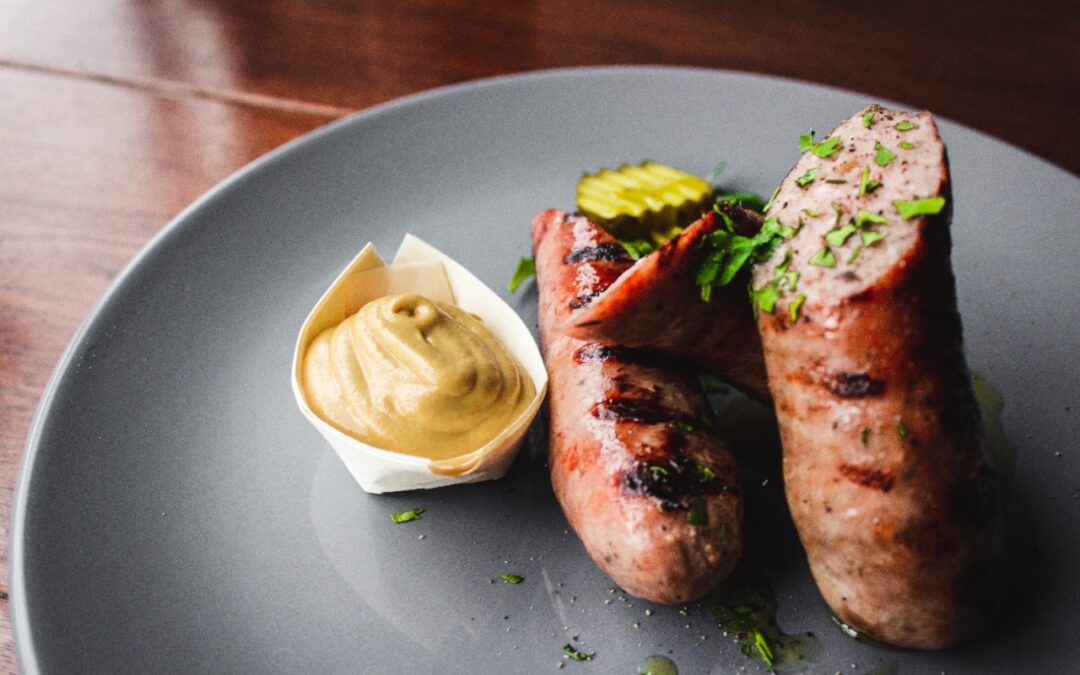
TOP 5 CONSIDERATIONS WHILE COLOURING SAUSAGE
INTRODUCTION
Colouring sausages is a process to enhance preservation and change the sausage’s texture. Different colouring agents are used in this process. Like, Carmine, a natural colouring agent, is used for this process because it is able to be utilized with excellent results for both raw and cooked sausages since it is stable in terms of temperature and pH value.
BEST COLOR FOR COLORING SAUSAGE
Monascus red colour is a wonderful option for colouring sausages. Certain antibacterial activities are seen in monascus red. Since ancient times, red yeast rice extract has been utilize in China as a food preservative. It is one of the natural pigment products with the quickest rate of growth in the food colouring market. The colouring ingredient nitrite in meat products can be partially replace by adding red yeast rice to them. As a direct stain, monascus red differs significantly from nitrosomyoglobin, which is made when nitrite and myoglobin combine.
Monascus pigment, which resembles phosphate or nitrite in appearance, colour, and flavour, can prevent the growth of dangerous microorganisms, lengthen the shelf life of food, prevent food poisoning, give meat products the distinctive quality of “meat red,” and give the colour of the product a more natural appearance.
People like sorghum red pigment because it is an entirely natural edible food colour. This product has a natural, soft hue that is safe to use, is resistant to light and heat, is steady in performance, and has a high development value. The colour tone of sorghum red pigment is near to the natural colour of meat, which makes it realistic and has good colouring capabilities for protein. It can produce the right colouring effect in ham, sausage, and other goods used in enema procedures.
5 CONSIDERATIONS WHEN COLORING SAUSAGE
Following are the top 5 considerations that we have to keep in mind while colouring sausages
HEAT RESISTANCE
The heat resistance of the sausage is one of the most important things that we need to keep in mind. It is possible that a sausage cooked at a high temperature may shrink significantly, drying out or even splitting on the outside and possibly remaining undercooked on the inside. The carefully added fat that keeps your sausage moist and juicy will also melt at a temperature that is too high.
It is essential to keep your raw ingredients at a temperature of 400F, just as it is when creating a fresh sausage. a failed attempt could stimulate the growth of bacteria that cause infection or food degradation. It’s critical to keep in mind that bacteria thrive best between 400°F and 1400°F.
An uncooked sausage should be cook to a constant temperature of 160 degrees Fahrenheit. As the interior fat melts and drips out at higher temperatures, the sausage will become drier and less delicious. The sausage shouldn’t be pink in tone.
LIGHT RESISTANCE
The sausages are kept under various lights like in the dark area, or under standard fluorescent light, or low Ultraviolet color-balance lighting lamps and standard fluorescent lights/tubes with an Ultraviolet-filter). Standard fluorescent lighting had a significant negative impact on the lifespan of sausage displays, which decreased from 12 to 8 days primarily owing to early deterioration. An Ultraviolet-filter was insert to increase display life to 12 days, however a low Ultraviolet lamp was ineffective at preventing deterioration
REPLACEMENT OF NITRITE
In two distinct sausage formulations (having 55% and 70% of meat), annatto (Bixa orellana L.) powder (containing 1% norbixin) was applied as a replacement
For 20%, 40%, 60%, 80%, and 100% nitrite in order to limit the use of nitrite in sausage under industrial circumstances.
In order to cure meats that will be cook before serving, such as bacon or sausage, you can use saltpeter or potassium nitrate in order to limit the use of nitrates.
However, additional nitrates, like those frequently present in processed meats, have been related to health problems like cancer. Even “nitrate-free” meats may still be harmful to your health, so it’s best to limit your intake of all processed meats.
TASTE
Consumers’ perception of the fresh meat’s quality at the time of sale is mostly influence
By its lean colour, while the cooked meat’s taste components—such as softness, juiciness,
And flavour—determine its overall flavour and texture and have an impact on their recurrent purchasing behaviour. Usually, colouring the sausage doesn’t affect the taste. The sole purpose of this process is just to make the sausage good and attractive to consumers.
COLORING AGENTS TO BE USE
Many businesses in the food sector utilize food colouring agents to enhance
The value of their goods, luring customers with appealing aesthetics and boosting sales. The actual benefit is that they perform it safely and without endangering long-term issues, infections, or allergic responses.
Cochineal carmine and paprika oleoresin are the two colourants that are most frequently employe in this business. However, given that it comes in several forms, including water-soluble carmine, carminic acid, and
Carmine lake, carmine red is the one that is most frequently employe.
Your sausage will have a dark red colour if you add beef to it. The colour will also change if you add paprika or any seasonings made from capsicum. Regarding the external colour of the sausage, the type of wood tends to be to respond. I’ve observed that cherry smoking gives the sausage a crimson (red) appearance.
According to Orlow (1903), the red colour of sausages is cause by the action of nitrites
On the colour of fresh sausages as a result of the reduction of saltpetre used in the manufacturing process.

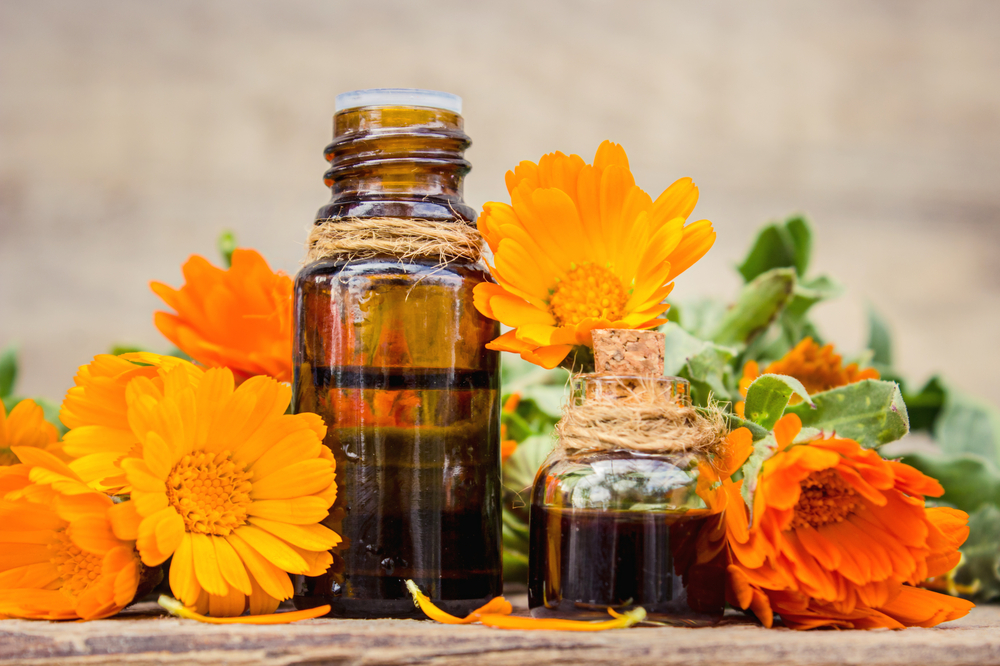
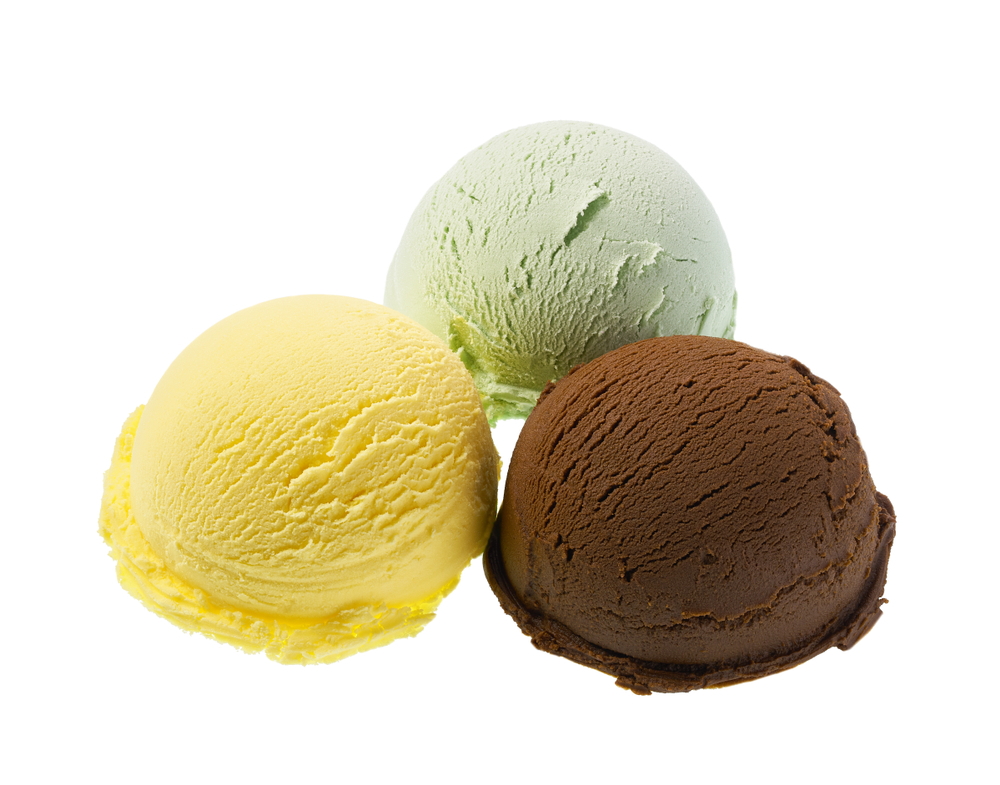

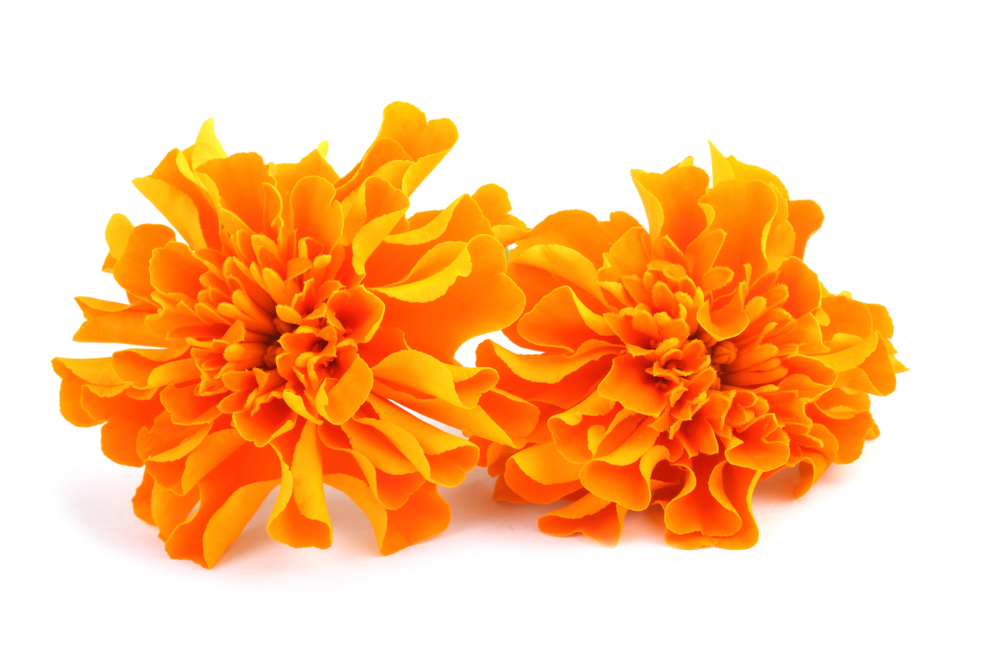
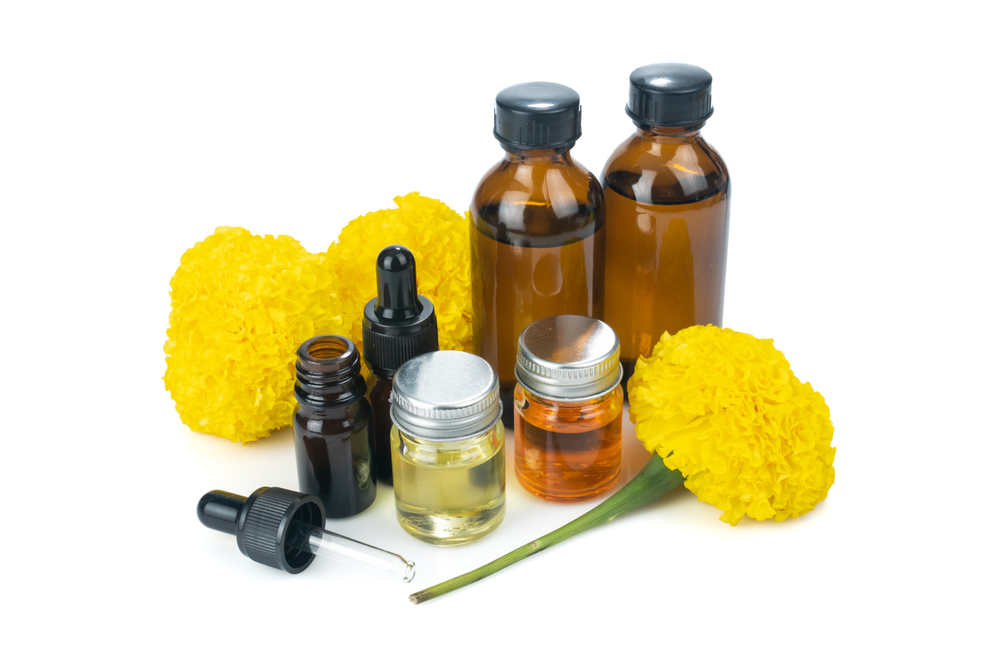
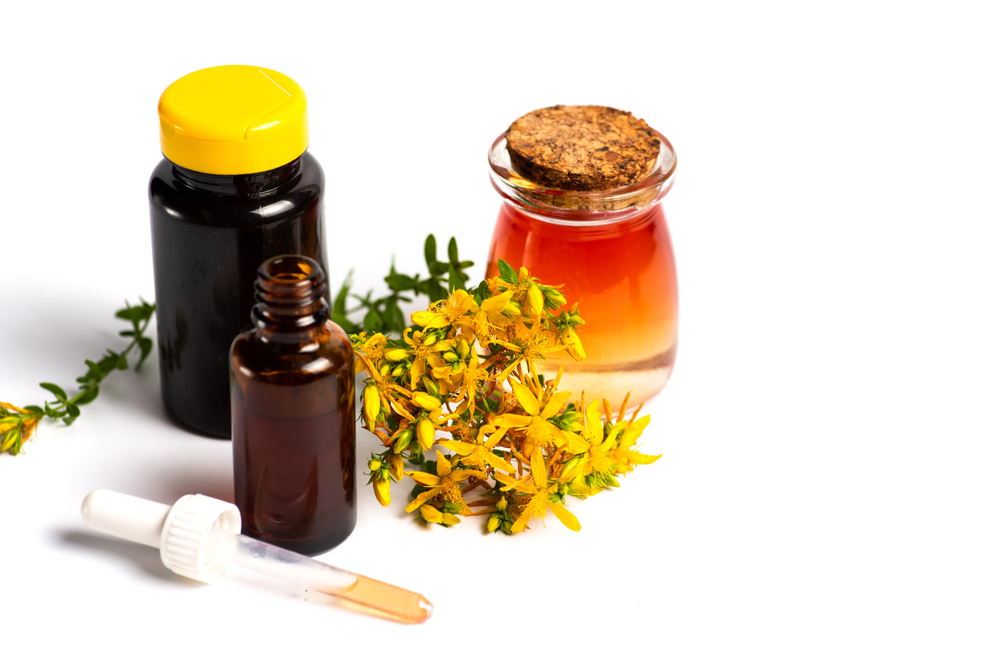



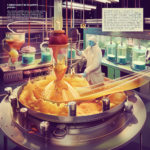


近期评论